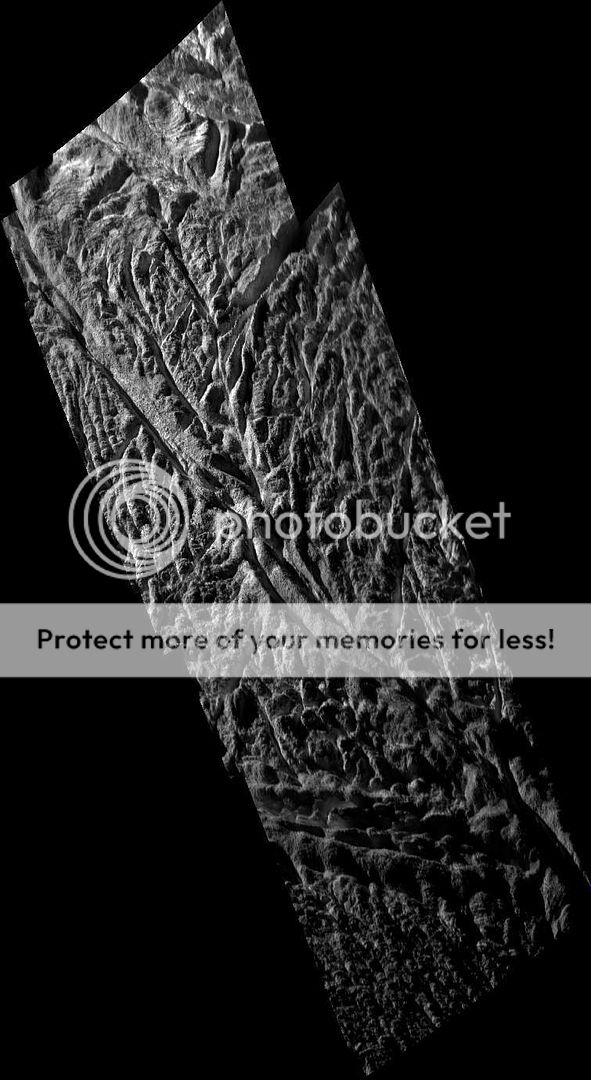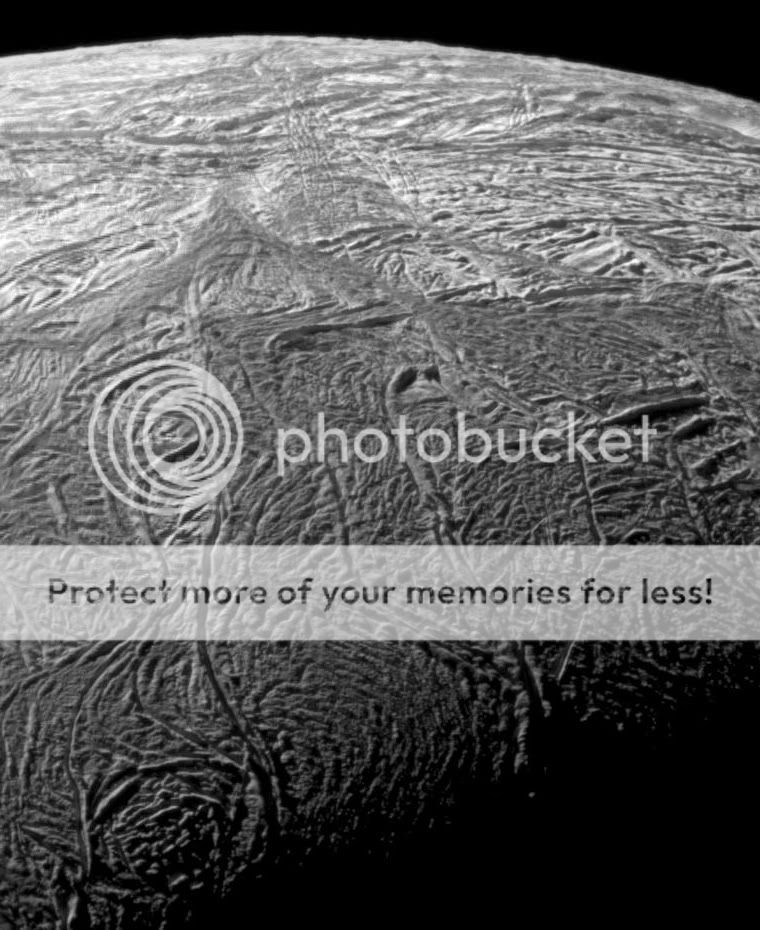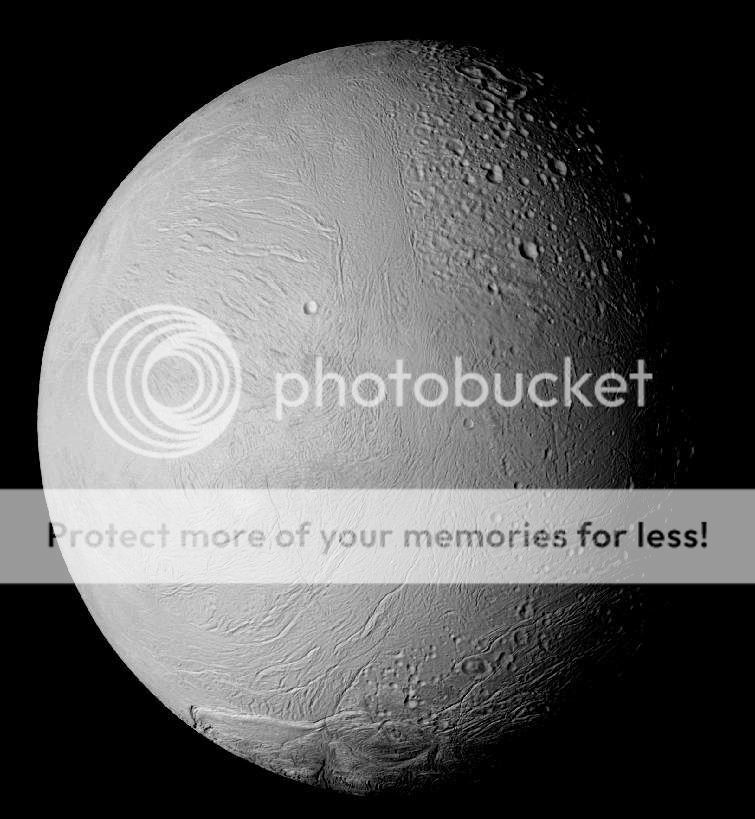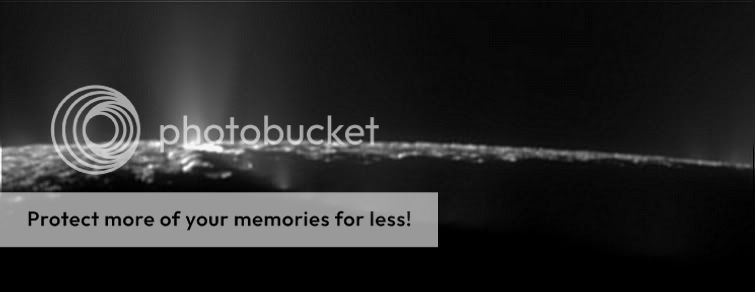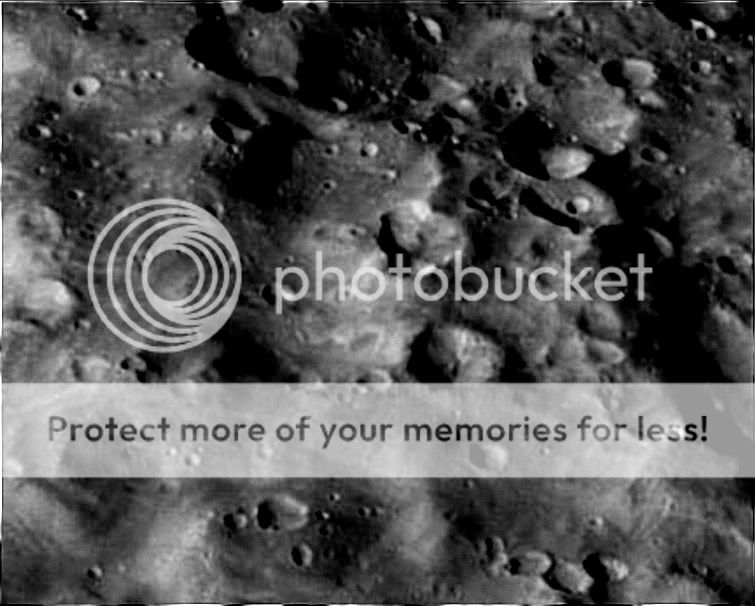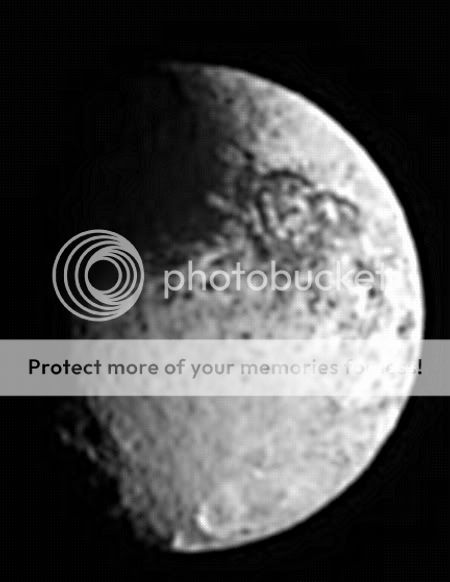E
EarthlingX
Guest
Re: Cassini Equinox Mission (Cassini's two year extension).

Pictures too
Looking at this, i think that erosion was a picture artifact, and that darker lines look like a covered crack .. ?
Could ring particles settle down without making craters ?
That last picture looks as if one layer slided above the other .. ?
That's a nice news3488":2yvpss3j said:Got my computer back, got my software loaded back on.
Pictures too
Looking at this, i think that erosion was a picture artifact, and that darker lines look like a covered crack .. ?
Could ring particles settle down without making craters ?
That last picture looks as if one layer slided above the other .. ?




